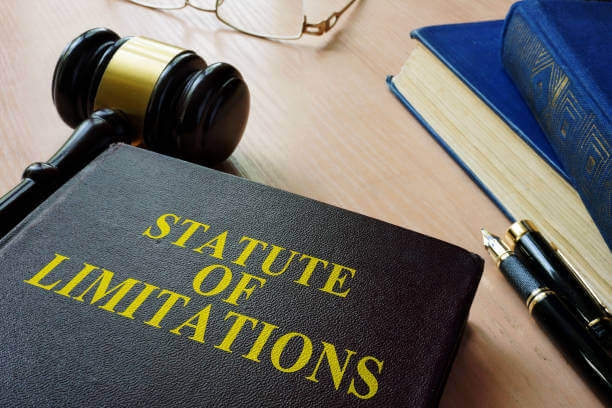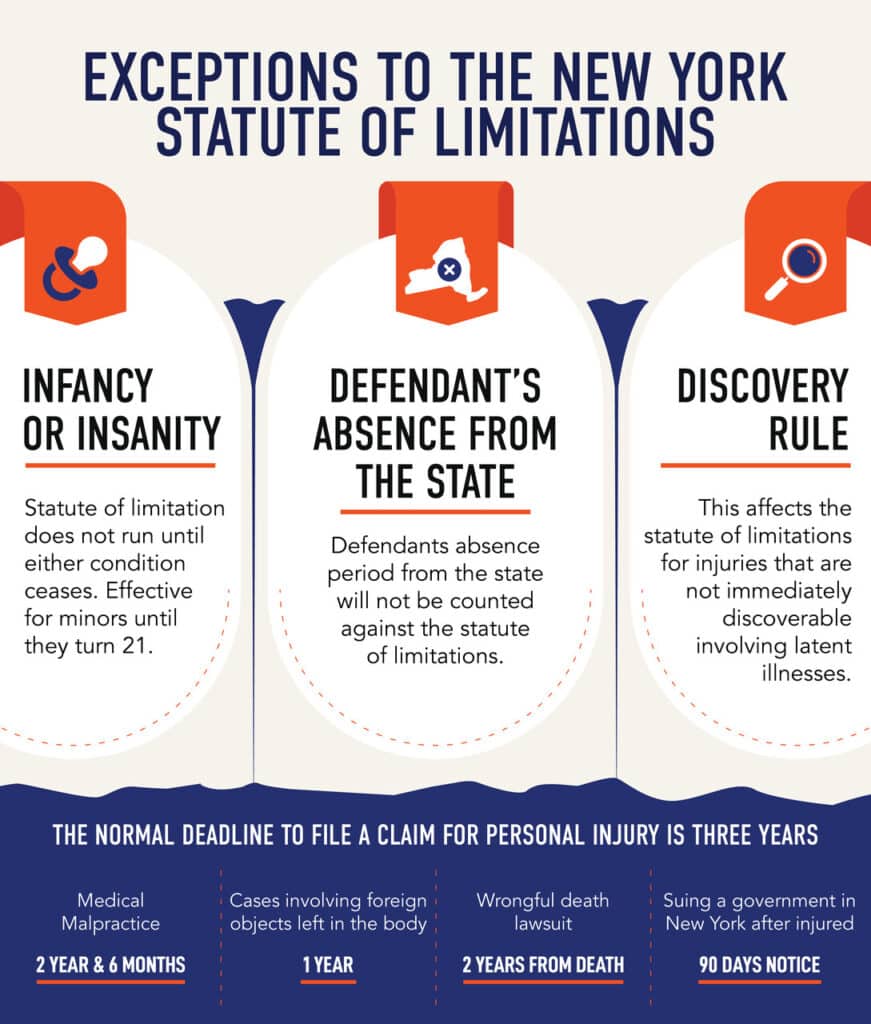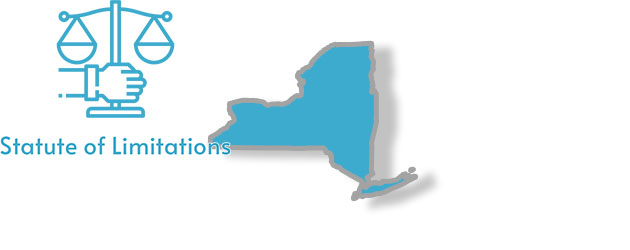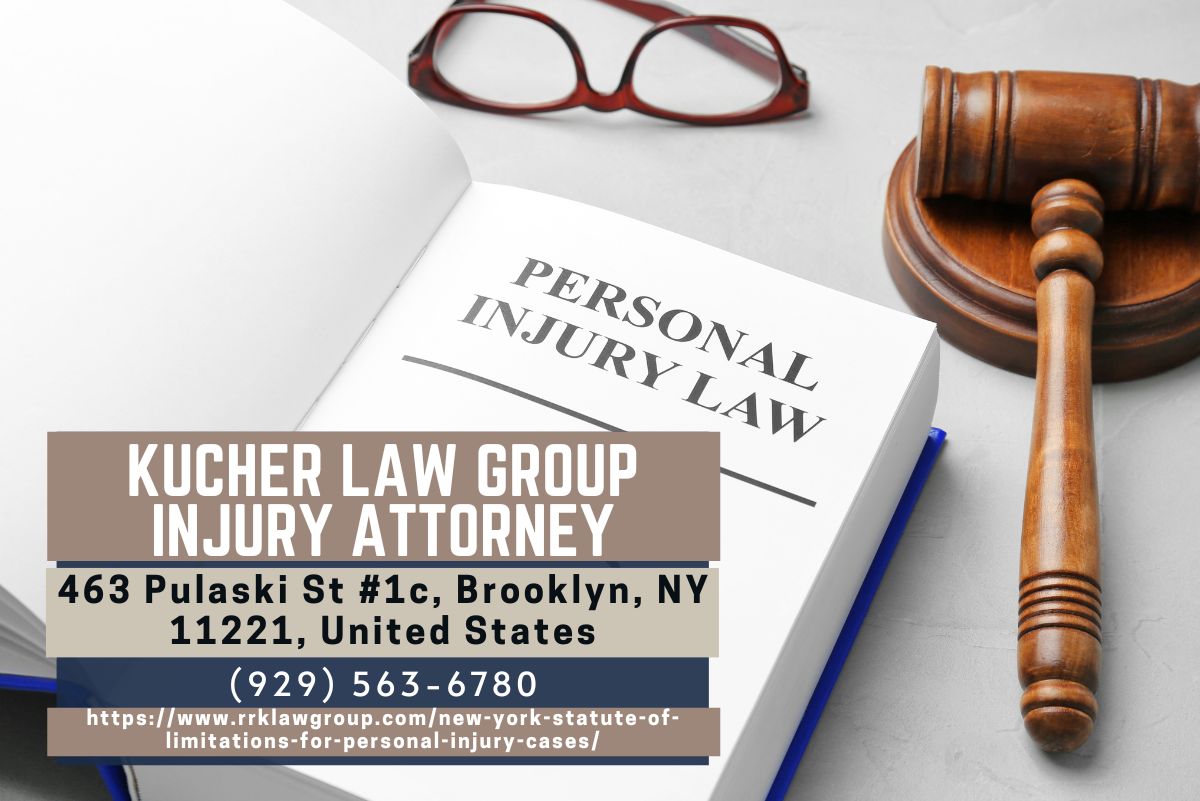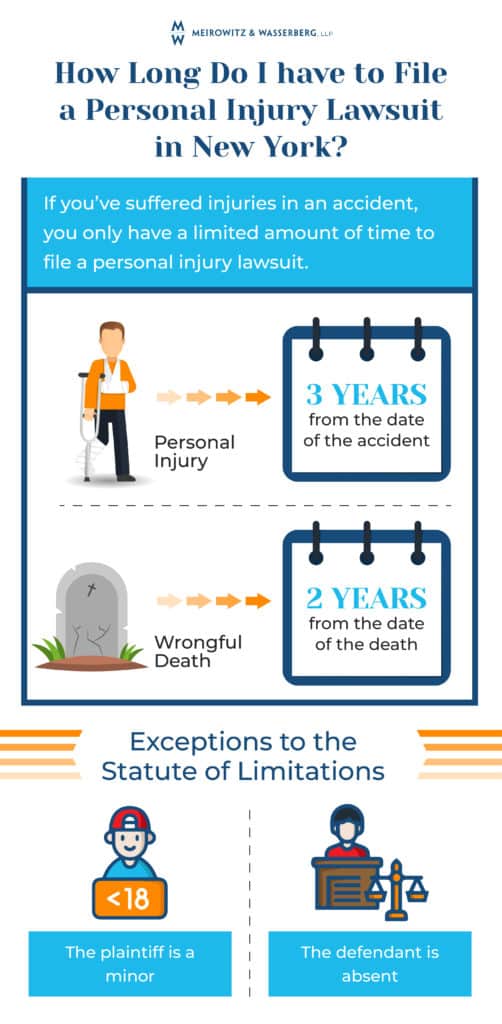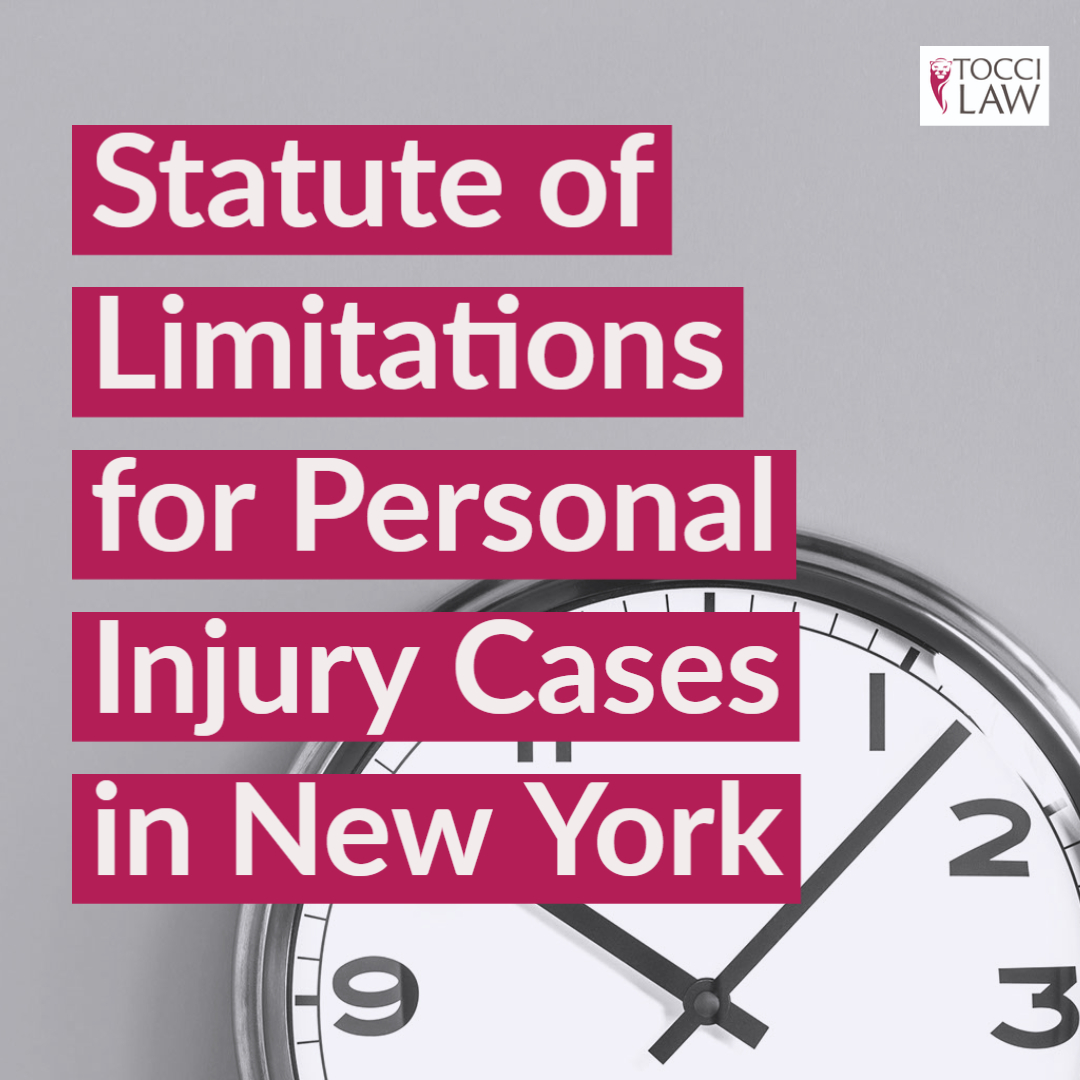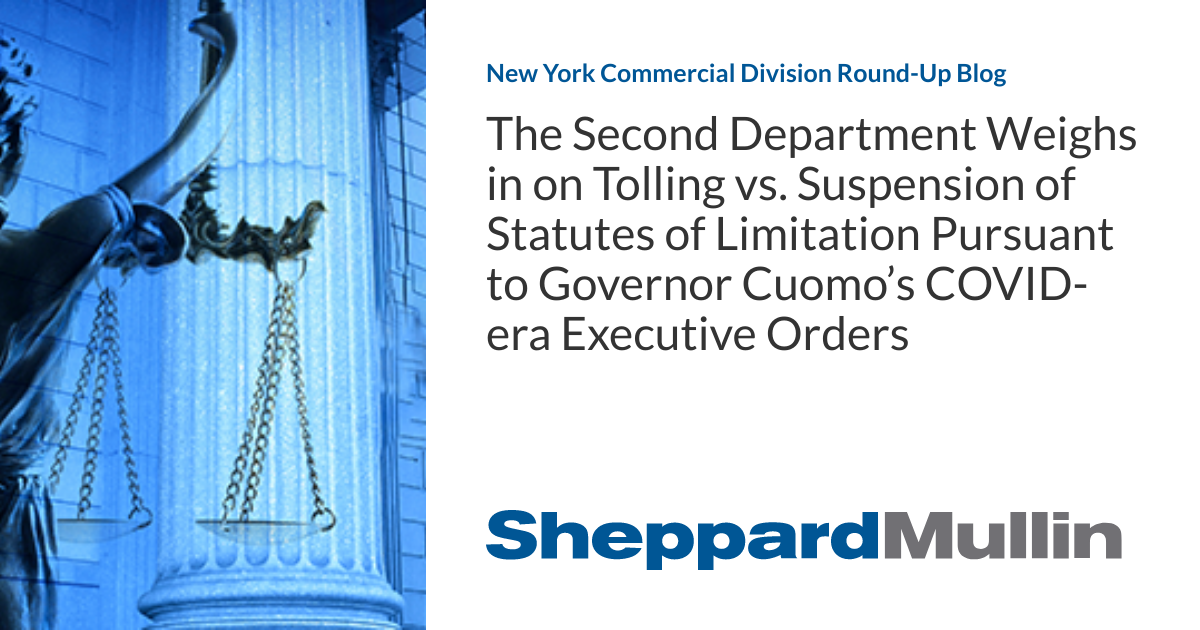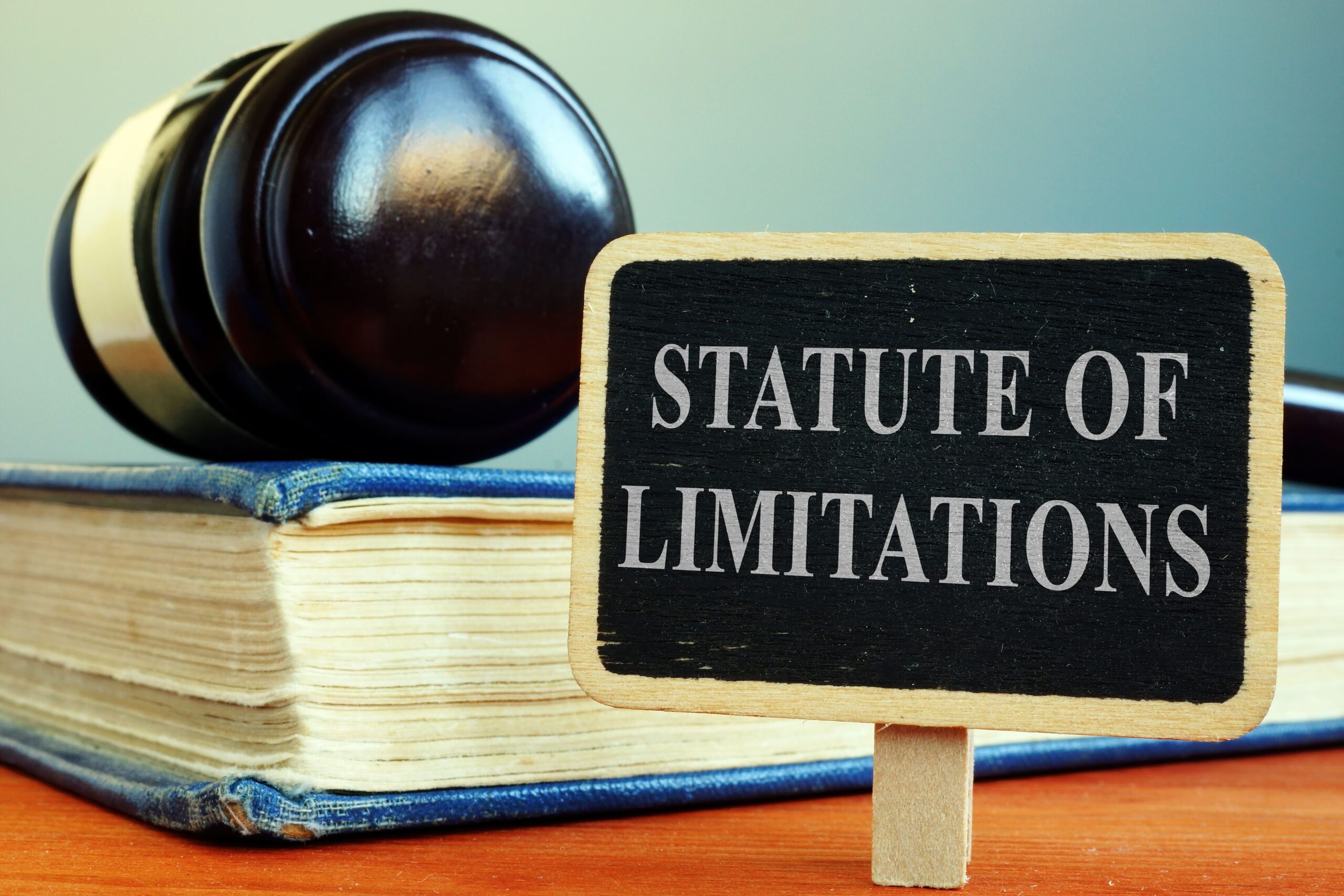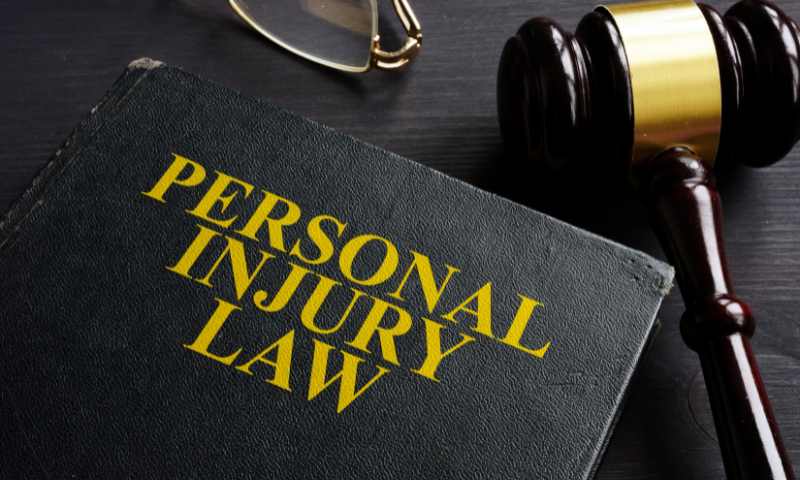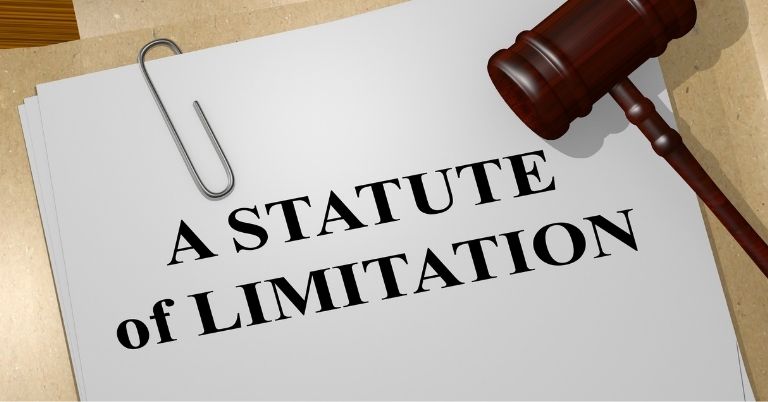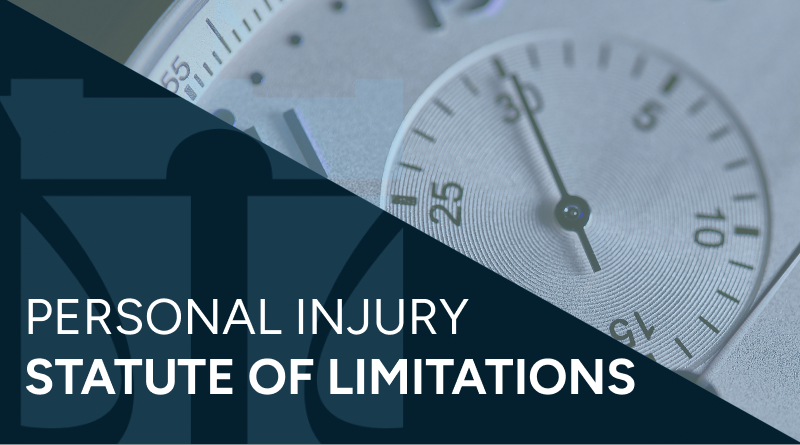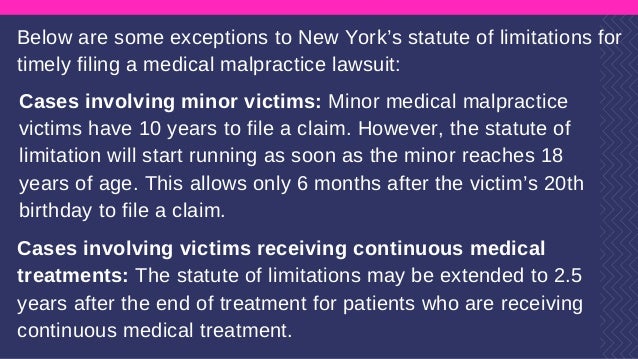New York Statute Of Limitations Civil Cases
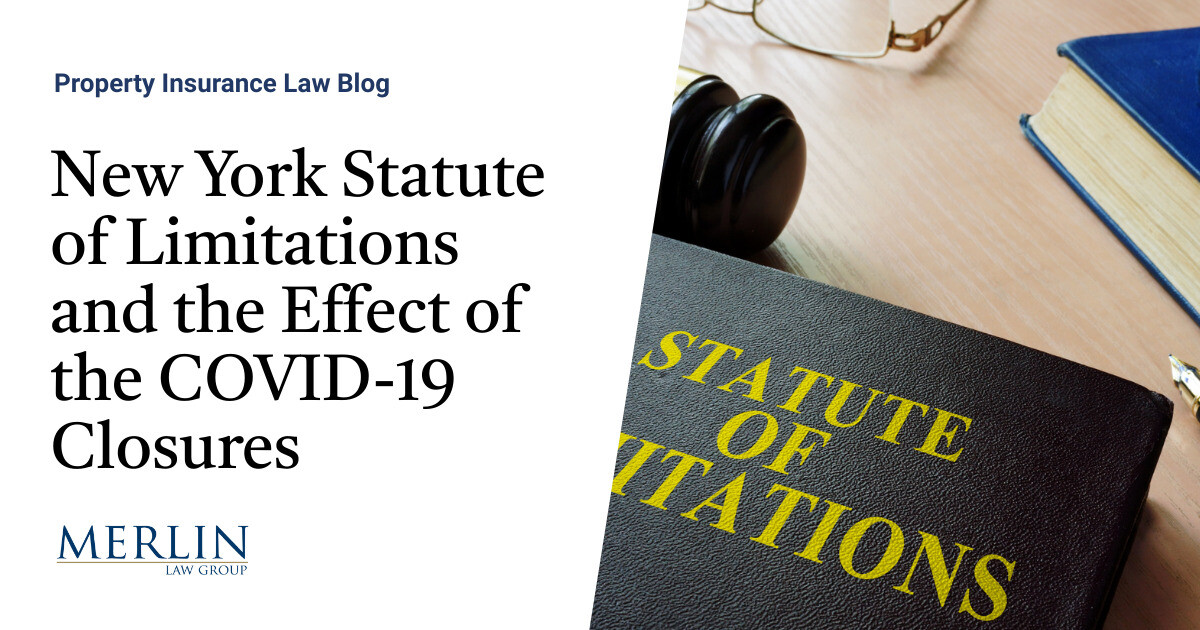
New York's statute of limitations for civil cases sets deadlines for filing lawsuits, impacting plaintiffs' ability to seek legal recourse. These time limits vary significantly depending on the type of claim, creating a complex landscape for both legal professionals and individuals navigating the court system.
Understanding these limitations is crucial because failing to file a lawsuit within the prescribed period can result in its dismissal, effectively barring the plaintiff from pursuing their case. The statutes of limitations are codified in New York Civil Practice Law and Rules (CPLR), outlining the specific timelines for different legal actions.
Statute of Limitations: The Basics
The statute of limitations is a legal concept that restricts the time within which a lawsuit may be initiated. Its primary purpose is to ensure fairness to defendants, preventing them from facing legal action based on stale or unreliable evidence. It also encourages plaintiffs to promptly pursue their claims while evidence is fresh and witnesses are available.
Essentially, it balances the rights of potential plaintiffs with the need to protect defendants from prolonged uncertainty. The clock begins ticking from the date the cause of action accrues, which is typically when the injury or harm occurs.
Key Areas of Civil Litigation and Their Time Limits
The length of the statute of limitations varies depending on the nature of the civil claim. For instance, actions for breach of contract generally have a statute of limitations of six years, as outlined in CPLR § 213.
Personal injury cases, involving negligence or intentional torts, typically have a three-year statute of limitations, as stipulated in CPLR § 214. This includes claims arising from car accidents, slip and falls, and other incidents resulting in physical or emotional harm.
Medical malpractice claims often have a two-and-a-half-year statute of limitations from the date of the alleged malpractice (CPLR § 214-a). There are exceptions for continuous treatment, which may extend the filing deadline.
Defamation claims, involving libel (written) or slander (spoken), are subject to a one-year statute of limitations (CPLR § 215). This short timeframe reflects the need to address reputational harm promptly.
Exceptions and Tolling Provisions
While these general rules apply, the statute of limitations can be subject to certain exceptions and tolling provisions. Tolling refers to the temporary suspension or extension of the limitations period.
One common example is the "discovery rule," which may apply in cases where the plaintiff is unaware of the injury until a later date. This is particularly relevant in cases involving latent diseases or injuries caused by exposure to harmful substances. However, New York's application of the discovery rule is often narrower than in other jurisdictions.
Another tolling provision applies to minors and individuals with mental incapacities. The statute of limitations is often tolled until the individual reaches the age of majority (18) or regains their mental capacity, respectively. This protection ensures that vulnerable individuals are not penalized for their inability to pursue legal action.
Impact on Individuals and Businesses
The statute of limitations can have a significant impact on individuals and businesses alike. For individuals, missing the deadline to file a lawsuit can mean losing the opportunity to recover damages for injuries or losses suffered.
For businesses, failing to comply with the statute of limitations can expose them to liability if they are the defendant in a lawsuit. It's crucial for businesses to maintain accurate records and consult with legal counsel to ensure they are aware of applicable deadlines and potential liabilities.
Consider the case of Maria Rodriguez, who slipped and fell on a wet floor in a grocery store. Had she not consulted with an attorney promptly and filed her personal injury lawsuit within the three-year statute of limitations, she would have been barred from seeking compensation for her medical expenses and lost wages.
Recent Developments and Potential Changes
The statute of limitations is not static and can be subject to change through legislative action or judicial interpretation. Stay informed.
The New York State Legislature periodically considers amendments to the CPLR, including potential adjustments to the statute of limitations for specific types of claims. Courts also interpret the statute of limitations in the context of specific cases, which can refine or clarify existing rules.
Staying abreast of these developments is essential for legal professionals and anyone involved in civil litigation.
Seeking Legal Counsel
Navigating the complexities of New York's statute of limitations requires careful attention to detail and a thorough understanding of the applicable rules. Consulting with an experienced attorney is highly recommended to ensure that potential claims are preserved and lawsuits are filed within the prescribed timeframes.
An attorney can assess the specific facts of a case, identify the applicable statute of limitations, and advise on any potential exceptions or tolling provisions. They can also help to gather evidence and prepare legal documents to ensure that the lawsuit is properly filed and pursued.
Failing to seek legal advice can have dire consequences, potentially leading to the dismissal of a valid claim. Proactive consultation with a qualified attorney is crucial for protecting one's legal rights and interests.
